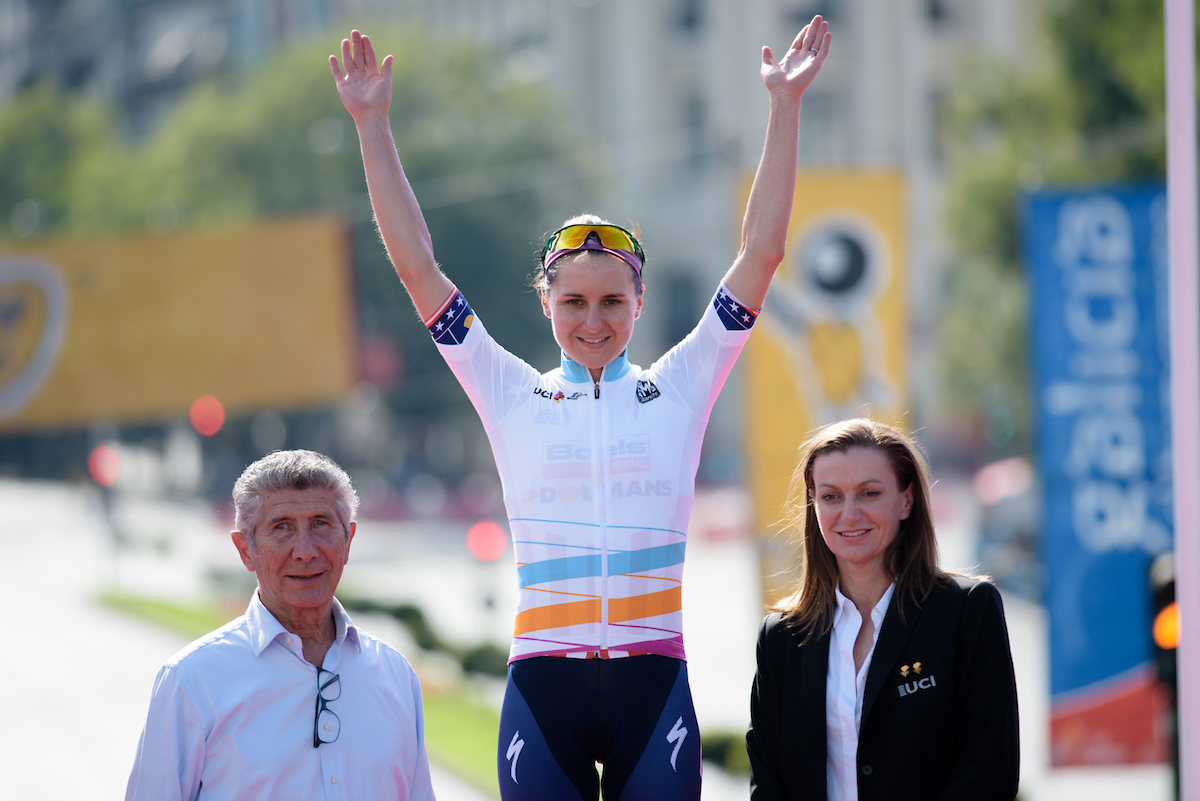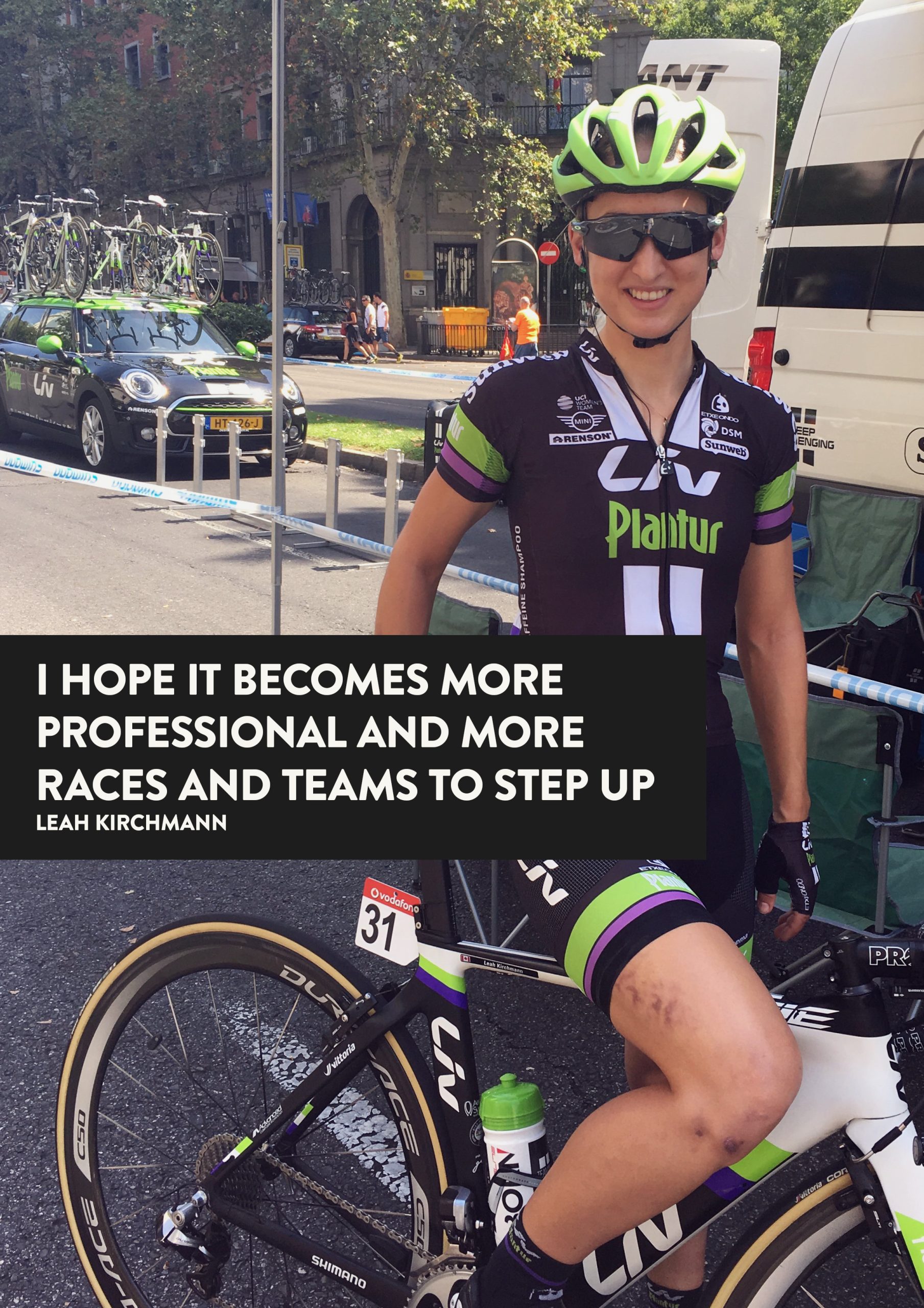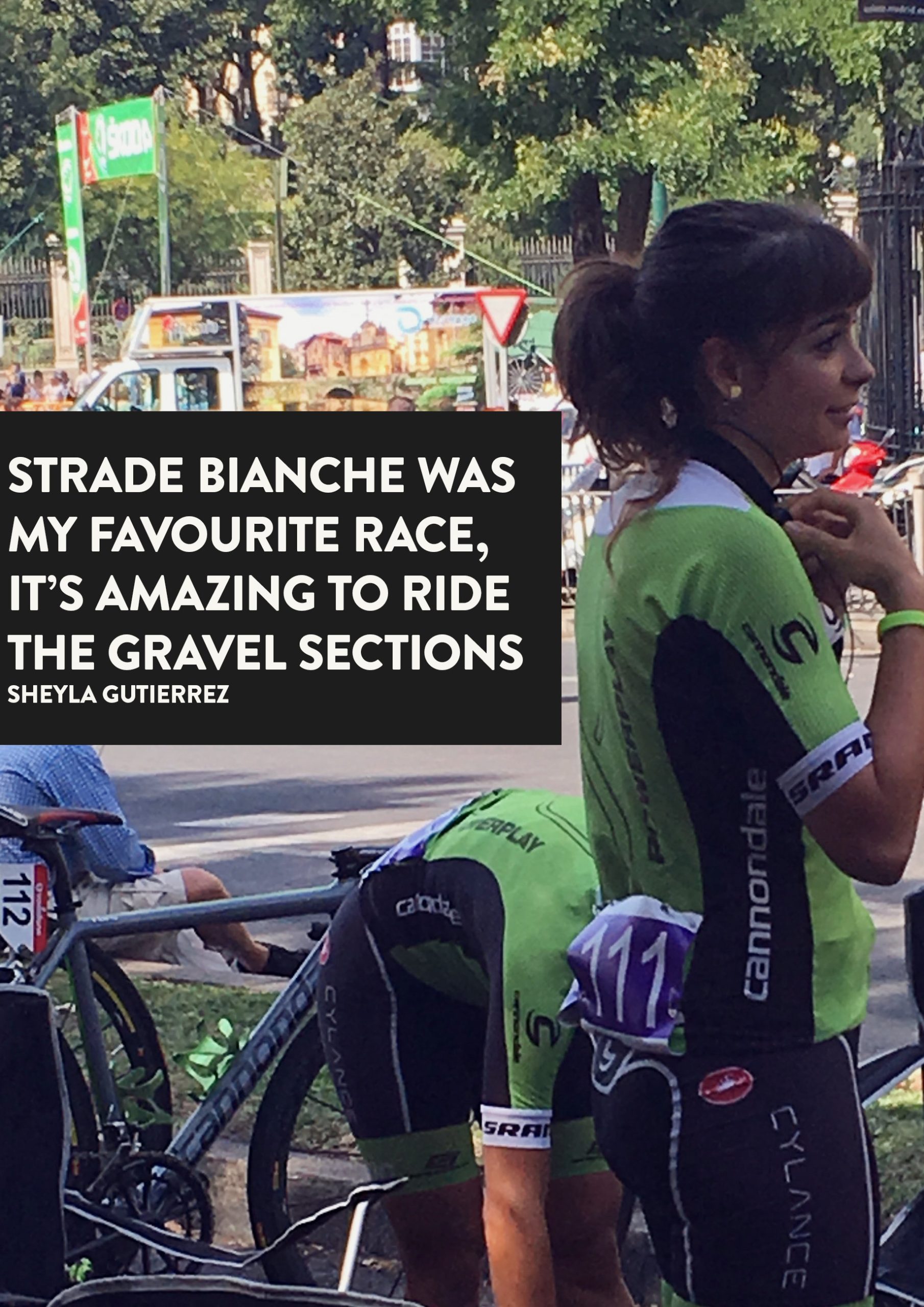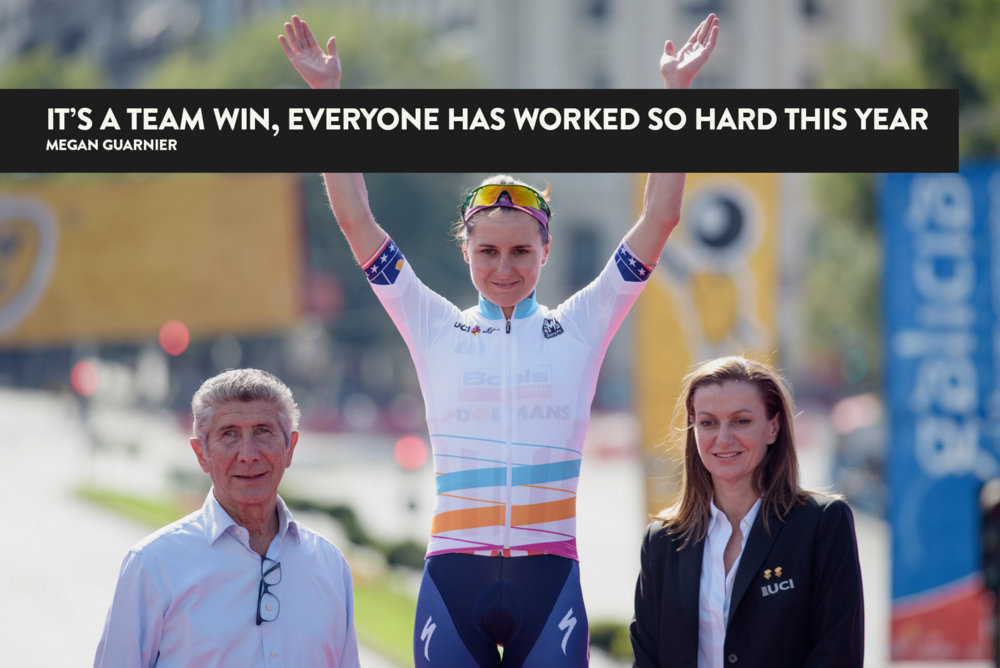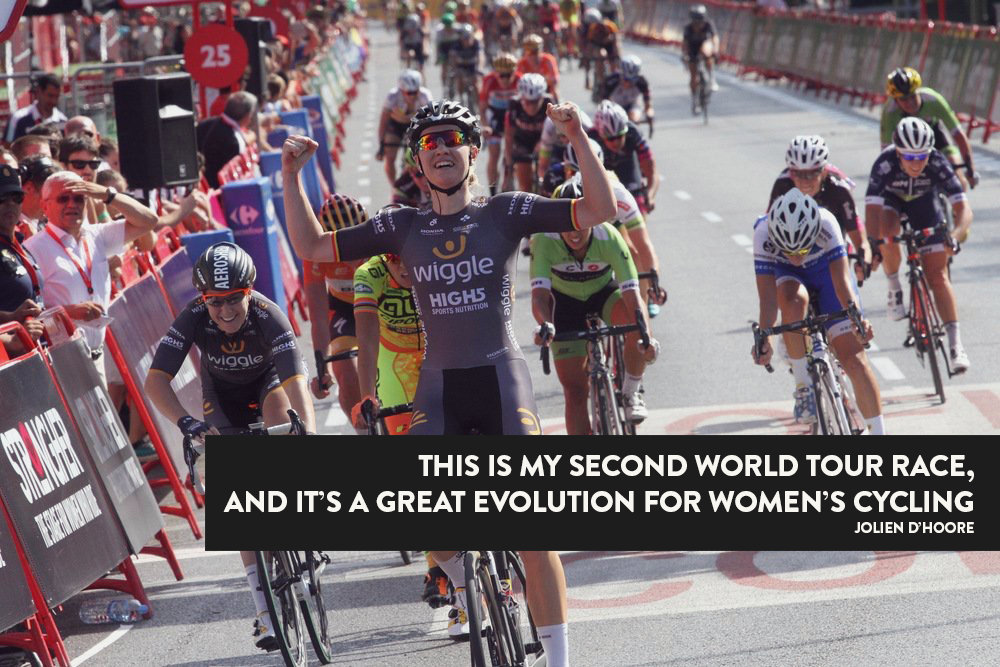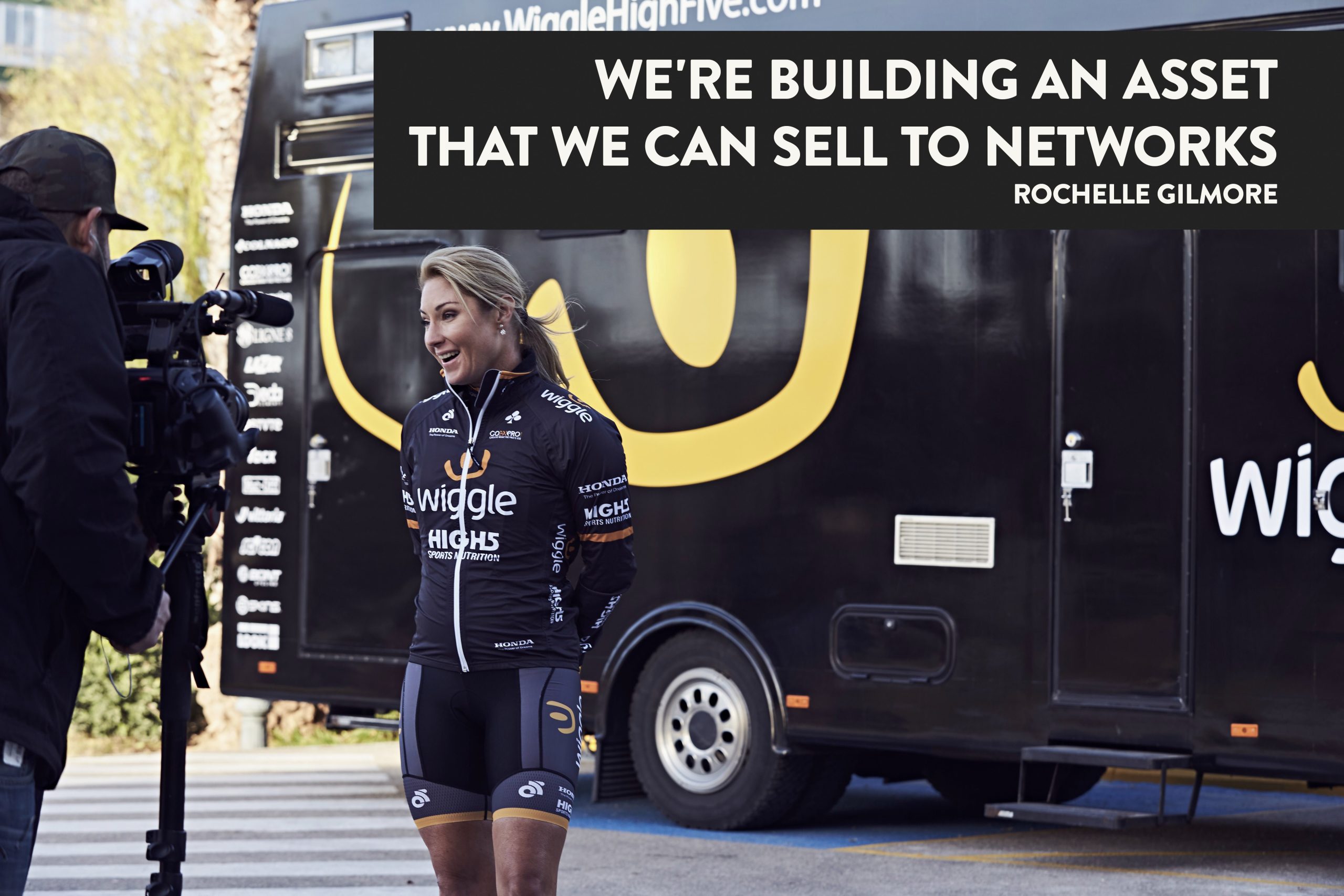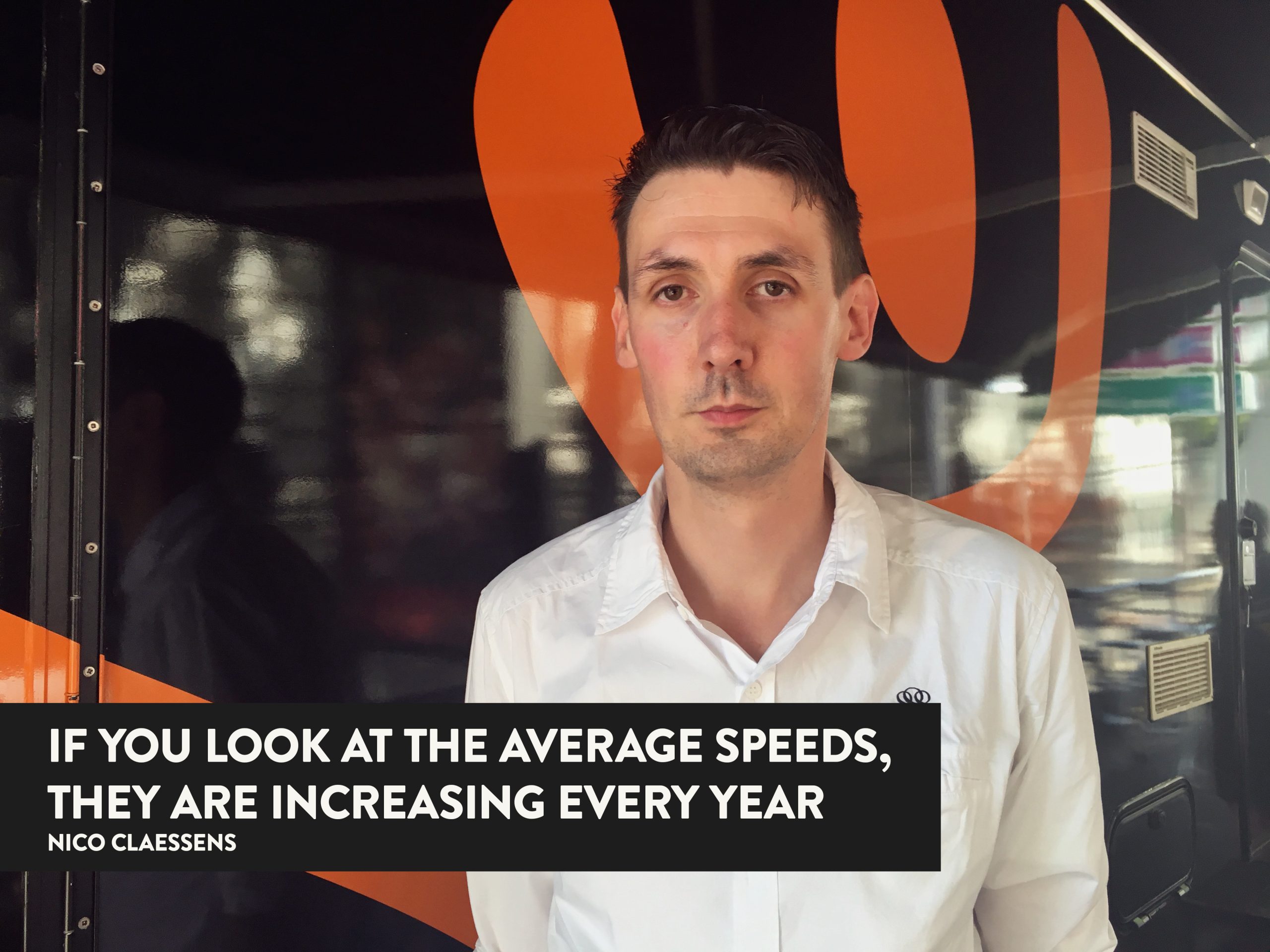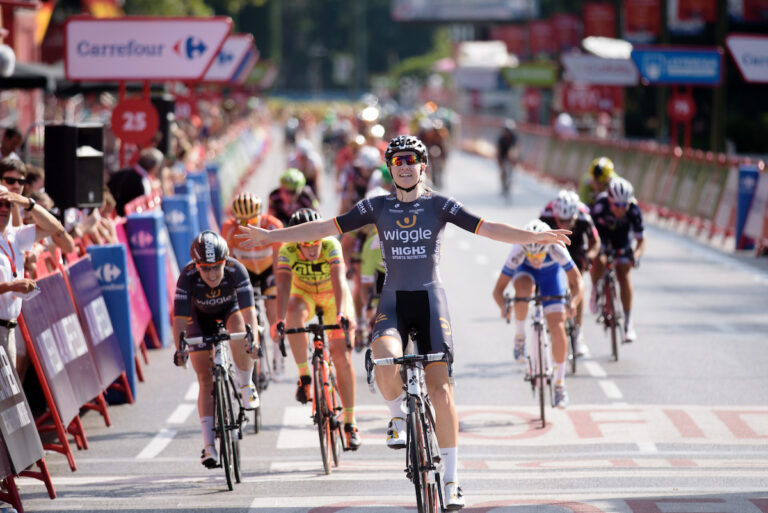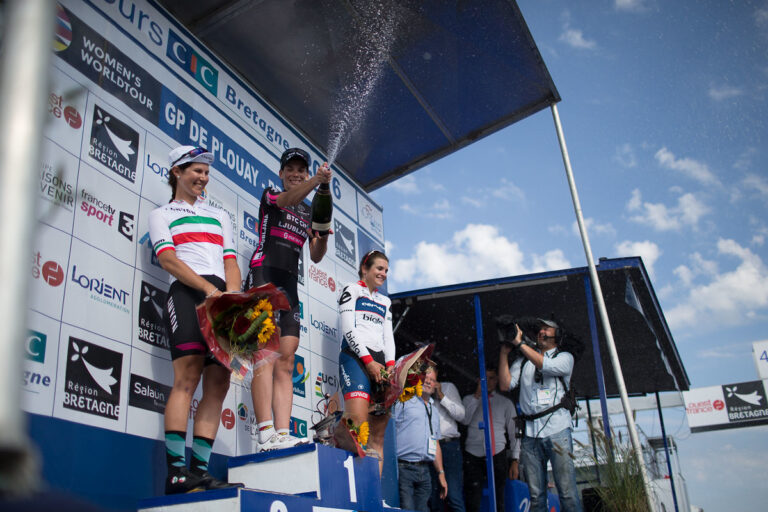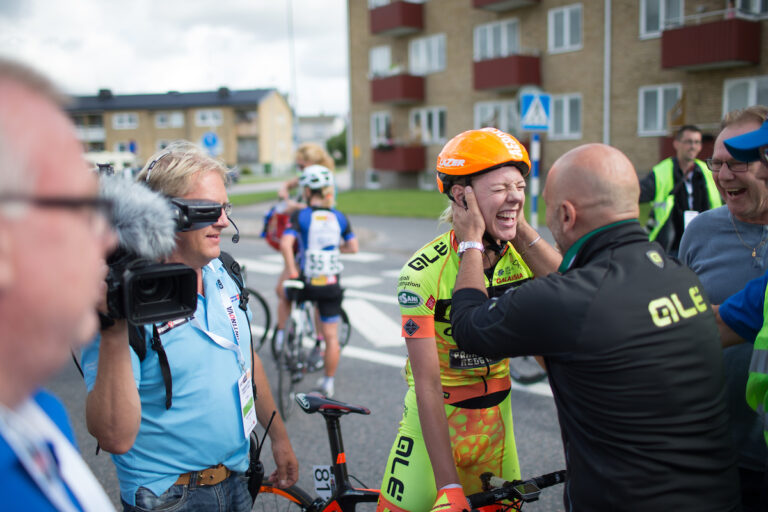La Madrid Challenge by La Vuelta, left many sizzling last Sunday; baking in the mid-day heat wasn’t left to just mad dogs and Englishmen: this was the wrap-up party of the 2016 inaugural UCI Women’s World Tour.
In case you missed it, the proceedings ended with Megan Guarnier in the top spot, with Liv-Plantur’s Leah Kirchmann second – and Guarnier’s Boels-Dolmans team mate Evelyn Stevens third.
Race Report: Jolien D’hoore Wins Madrid Challenge as Guarnier Claims WWT Title
As temperatures neared the mid-thirties in Madrid, Total Women’s Cycling writer Hannah Troop took time out, in the shade of course, to talk with UCI Vice President Tracey Gaudry about the first year of the UCI WWT. Wandering around the warm-up/cool-down area in Madrid, she also had time to ask a few riders for their own opinions on the success of the WWT…

Hannah Troop: How do you feel the inaugural season of the Women’s World Tour (WWT) has gone?
Tracey Gaudry: The women’s world tour was a dream that we created 3 years ago with the new administration of the UCI. The World Cup [which the World Tour replaced] was a strong series, however, its narrative was limited to one day races, which is excellent, but we needed to create a stronger platform for women’s cycling. The first WWT had 17 races, 13 one day races and 4 stage races from March to September, over 9 countries, 3 continents.
Is the amount of media coverage something you have been pleased with this year? Or is it something you expected a bit more of?
We are building something steadily but strongly; you have 9 of the WWT races with live broadcast, 5 more of them with highlights. Next year, it’s about consolidating and raising the level of coverage for all the events in the WWT.
Lack of media coverage and the pay gap: 5 Issues in Professional Women’s Cycling
Have there been any frustrations or challenges you’ve had to overcome this year?
We have some events that are very traditional and have been around for a long time [ahem: like this one – Ed]. We’ve worked very closely with them to raise the level of coverage, and to bring it into the modern era with digital sites and social media. That’s something our team and Morgane Gaultier, who’s come across to the UCI from ASO, are working on with the organisers.

